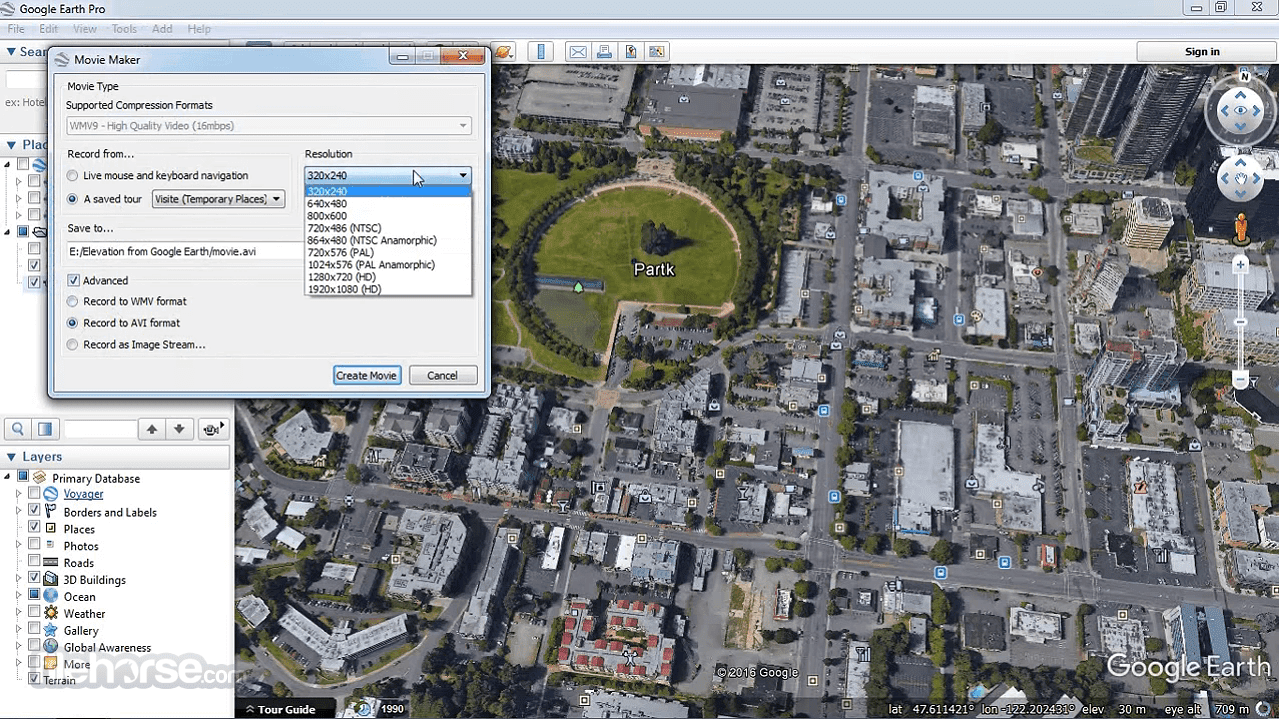

The aim is to plant trees in areas that are more exposed to high temperatures and help cities reduce carbon emissions and improve air quality. Make use of Google Earth's detailed globe by tilting the map to save a perfect 3D view or diving into Street View for a 360 experience. They can also understand how heat and population density correlate with tree coverage and land type distribution across neighbourhoods. By clicking on an area on the map, viewers can learn about the tree coverage, average heat health index and average population density per area. The tool puts the data collected via aerial imagery on a map with population of neighbourhood areas and their vulnerability to high temperatures. Any values above a certain threshold are classified as a tree canopy and using estimates generated by the model, overall coverage for each area is determined. To estimate tree canopy coverage, Google analyses the imagery with 3D digital surface models and generates a vegetation probability model. Google collects the aerial imagery primarily in the spring, summer and fall seasons, and includes an overlay of imported public data from external sources, such as heat risk data, population density data, land use data and neighbourhood boundary data. The other two functions include more integrated and user-friendly Street View (where. Currently there are only a few places across the world that have the trees included. The trees appear in Google Earth from 2,000 feet/600 metres. This is something I’ve only just discovered after spending 2 hours+. 3D Trees are now shown in Google Earth 6 as species specific with more than 50 different species of tree. It involves geo-locating a site from Google Earth in Sketchup, and then transferring that model to Rhinoceros 3D to create a NURBS surface 3D model of the chosen site.
#GOOGLE EARTH 3D TREES HOW TO#
“Tree coverage varies across neighborhoods and developing an understanding of tree locations can inform and inspire action,” Google said in a blog post. In this Sketchup and Rhino tutorial, you’ll learn how to model a 3D site in less than 60 seconds.

The company said it plans to add data on hundreds more cities. Tree Canopy Lab is a part of Google’s Environmental Insights Explorer platform and Los Angeles is the first city where the project is piloted. Google has launched a tool that uses Artificial Intelligence(AI) and aerial imaging to map tree canopy coverage in a city and plan future tree-planting projects accordingly. (Subscribe to our Today's Cache newsletter for a quick snapshot of top 5 tech stories.


 0 kommentar(er)
0 kommentar(er)
